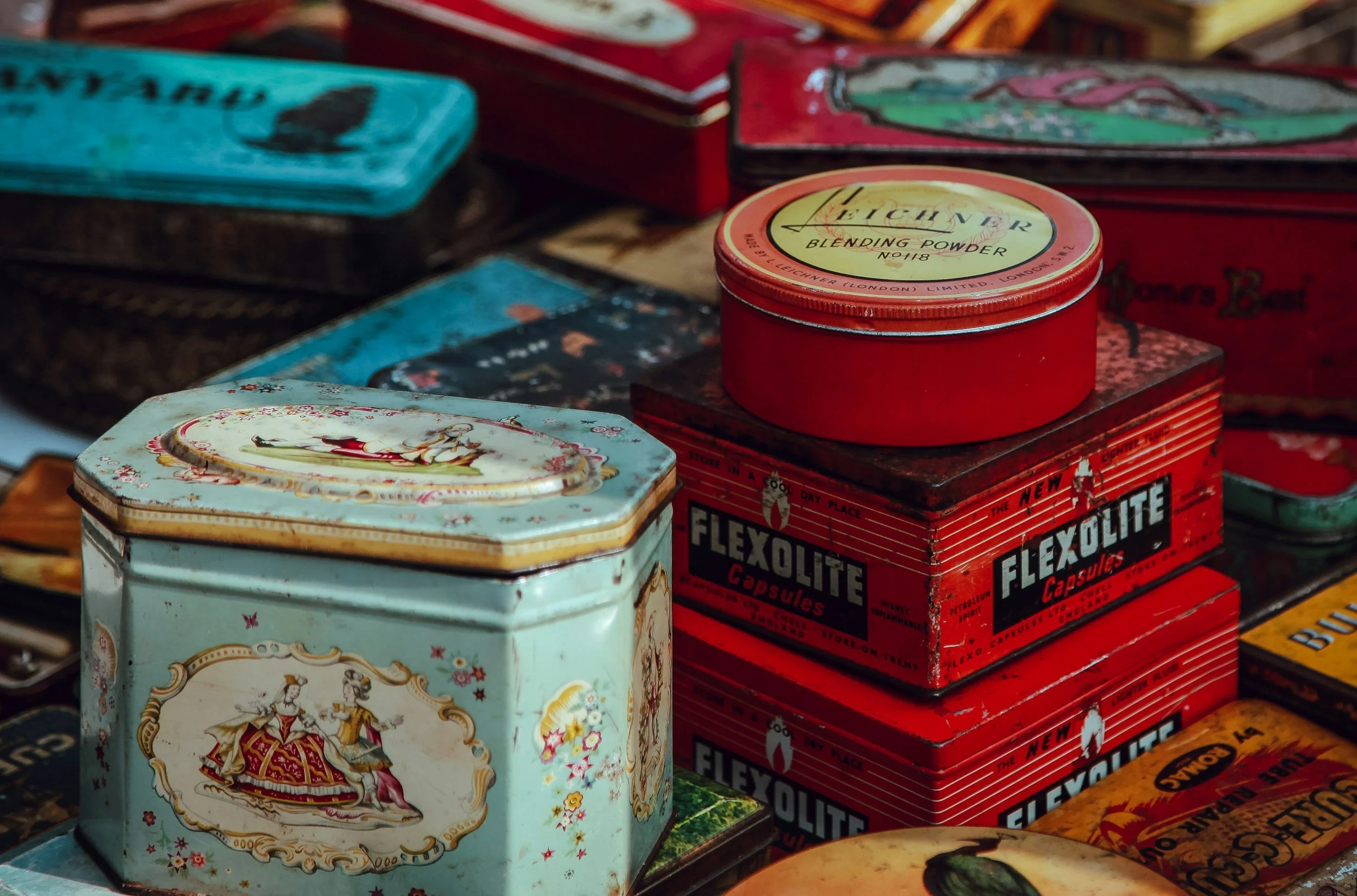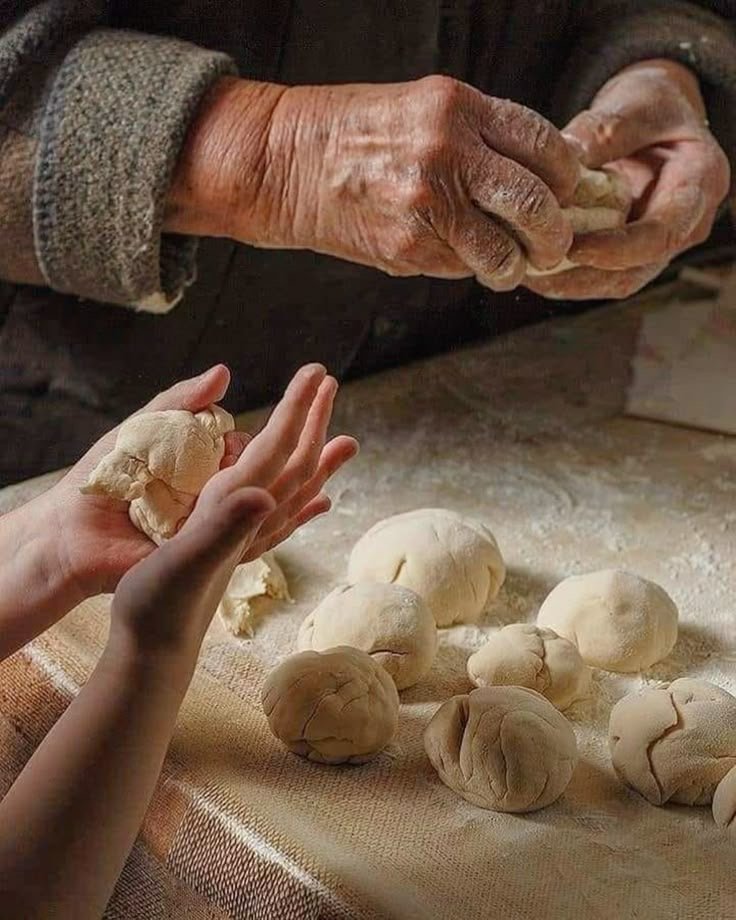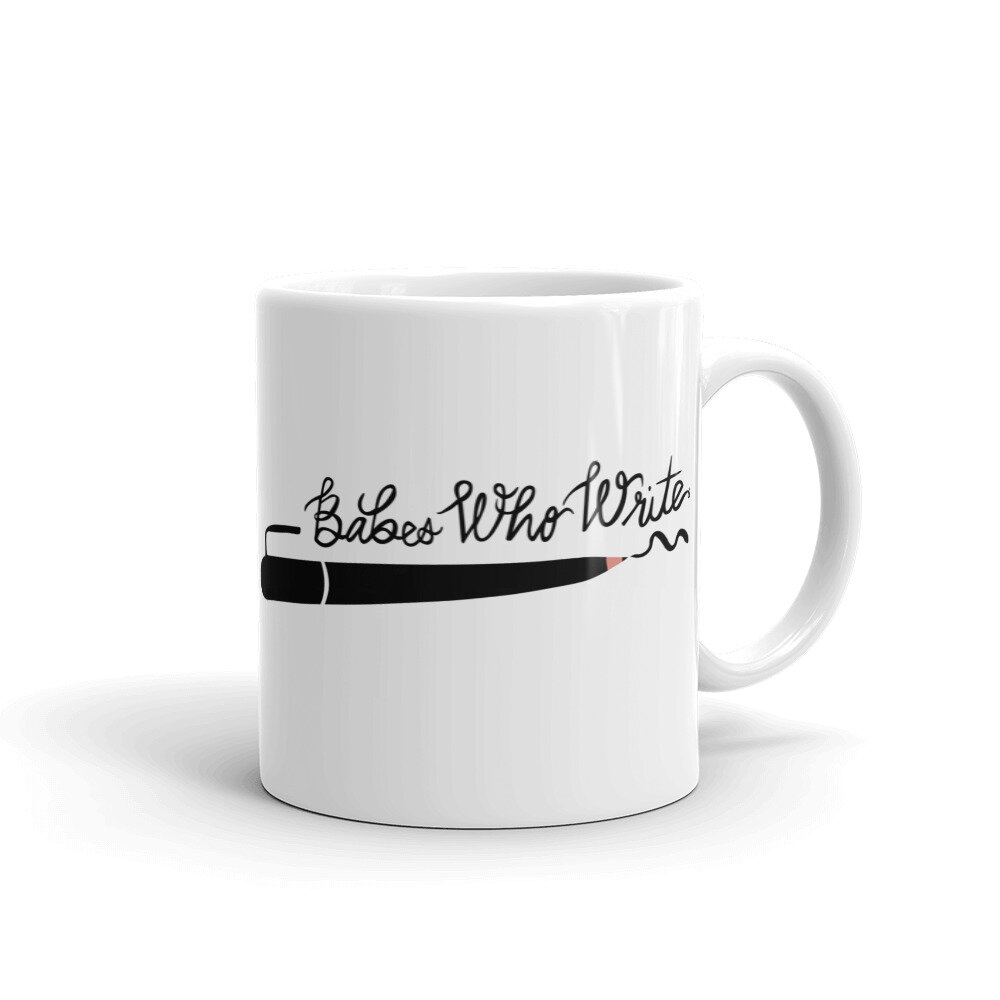The Fine Art of Glamping
I've been thinking about things.
My things, other people's things, the things that surround us. It started with my Grandmothers.
Their things, if you look closely, tell stories about their choices.
My maternal grandmother, Bubbe or Bernice, has moved around the continent regularly, every decade at least. She sheds her belongings like a molting snake with every move, and lately even with each of my visits to her. She bequeaths soup tureens and books, art pieces and ceramic bowls, clip on earrings and Czech shot glasses and vases. It's as if downsizing is a challenge, and she's punching back. Sometimes she makes offhand comments about the fact that she won't use these things anymore or won't be around much longer, but always with a laugh, and a matter-of-fact moment of eye contact.
Her newest apartment is in a retirement community, a nice one in the city, and she seems to think it's her last stop. She's made it easy for herself—fitting all of her worldly possession into a one- bedroom with a small kitchen. Original art pieces have been packed and moved repeatedly, but since they hang on different walls each time, the effect is almost entirely new.
My other grandmother, Nana or Win has lived in the same house since before I was born. It's a beautiful old house, two stories and five bedrooms plus a sewing room, on a hill in her small town, and painted a trademark bright blue. As a child, I visited this house with my family several times a year. It's filled with pictures of her grandchildren, knickknacks from all of the towns she and my grandfather lived in while he was alive (they moved around a lot in their early years), and the same tightly woven, patterned red and gold carpeting that's been there since I was a girl. There are miniature totem poles from Alaska. Quilts she made decades ago. Posters from my Grandpa's time at NASA in the 1960's, during the early space exploration program. One poster in particular gave me nightmares as a child – it's the view out of a window into outer space with a pink chenille curtain flapping in the atmosphere. The moon and the stars comprise the bedroom view, almost close enough to touch. It hasn't moved in 40 years.
Tiny animal sculptures are arranged neatly in sunken wall shelves—they haven't taken a step. Last summer I noticed my high school freshman picture, a 10x10, obnoxiously framed in gold and stuck on a high shelf next to my cousin's Lane's college graduation photo. We are both now in our late 30's.
The entire house, every corner, just reeks of nostalgia and maybe a little moisture. I wonder: how does it affect a person to look at the same things, every day, for decades? When we recently embarked on an RV road trip for 10 days, I was forced to think about my things. We rented a gas-thirsty vehicle from Cruise America, choosing the smallest one they had, which technically had seven seat belts, although we are just a family of four.
We filled the thing without rhyme or reason on the eve of our departure. The loading took on an almost manic quality. The kids hauled out every piece of their bedding, most of their stuffed animals, their favorite clothes for every season with all manners of coats, bags of games and books, two pairs of slippers each, and the minimum needed toiletries.
We rented a kitchen kit which contained the basic pots, pans, utensils, and plate ware. It didn't have an electric tea pot so I added my own. We further supplemented with hats, bikes, running shoes, camp chairs, dry goods for snacks and meals, wood for a possible fire pit, Frisbee's for a hypothetical ideal grassy field, bottled water, beers, and towels. I personally loaded a full size suitcase with clothes, a hairdryer, and my favorite lotions. Luckily it fit into the coat closet, conveniently out of sight.
Since our RV offered generous storage, we packed with reckless abandon. I am usually the one to micro-manage and limit the kids' every idea, but this time I sat back, relaxed, and assured them that if it fit, yes, they were more than welcome to bring it.
I realized that if you have more room, you pack more and spend more time packing. But then, ironically, I still felt that familiar panic when we pulled out of the driveway to start the journey – what did I forget, I know I forgot something... should we stop and check? Go back?
In this case, I forgot my favorite water bottle (specially filled for the trip and left chilled in the fridge), a special treat for the girls (a commodity available in every gas station across the country, so not tragic) and omega-3 vitamins (worrisome since I could imagine getting sick in an RV and I ascribe an almost black magic-like power to my daily omega-3's.) We were already on the road.
Our first stop, to make lunch, brought us to a random freeway exit where we drove down a few miles and parked on the side of the road, after a brief argument about what kind of parking place we were actually looking for. I then worried the whole time that we were an eyesore for a neighboring winery with live music and an imminent wedding. The meal was hurried and the rest of the day was uneventful except for a hard left turn that I took, dislodging a stack of the rented plates which flew out of the cabinet and shattered. I spent a lot of time on that first day vacillating between “oh gosh this is so fun, what beautiful scenery, what an adventure” and “oh my god WHAT HAVE WE DONE.”
Upon our arrival at the Grande Hot Springs RV Resort we began our first night of “glamping.” And that's when I realized: most of RV travel involves trying to locate the things you've packed. If you want to swim, you need to find the suits and towels. To shower – where is the shampoo? Every night before bed, since it gets cold, you'll need a full pajama set with socks and maybe a hat. Where are the hats? They aren't in each person's luggage; for some reason they are in a separate cabinet with the bike pump and the footballs.
If you want to cook something, you'll have to locate dishes and pots as well as salt, pepper and spices (which have been moved several times to accommodate other items on the move, such as Josh's underwear and socks.) If you want to take a shower, you'll want the hairdryer – stowed deep in the suitcase which now lives within the coat closet – as well as all of the shampoo and soap (split between the RV bathroom cabinet and for some reason, a mug stuffed into a sliding drawer below the fridge), and you'll need fresh towels which are in that random almost-out-of-reach cabinet with the bike pump, hats and football. Finally, you'll probably want some kind of sack or backpack to transport the supplies to the bathroom.
Am I always this disorganized? Should it really take this much work to complete a simple, routine act?
We were reduced to memorizing bathroom codes and packing a menagerie of bathing goodies and new clothes every morning. For anyone lucky enough to observe us, we weren't true RV'ers. Just guests trying it on for size. We didn't want to use the shower in our RV, it was tiny and we felt trepidation at running down our propane and filling up our gray water too fast. Pooping was also not allowed. Really, this was extremely silly since we had “hookups” at each RV park, but what can I say – we were novices.
It was on day three that we stumbled upon the Oregon Trail Interpretive Museum. We didn't make the connection that we were basically driving along the Oregon Trail, until we were ten minutes from the museum exit. We had only been driving for about 30 minutes that day, way too soon to stop, but I had promised myself that this would be an educational trip since we had pulled the kids from school for more than a week.
The museum is striking in part for its life-size taxidermy display of the 'wagon train' including horses, buffalo, goats, and sheep as well as realistic people, wagons and farm tools which flank the entry to the exhibit. An audio soundtrack from each character emanates, as if a ghost is speaking to you, saying things like – Our meat ran out, we had to slaughter one of the oxen last night. I fear if we do make it, we'll have nothing left. The children are hungry. I'm so tired.
We walked through, amazed by the stories of the families who migrated west on this treacherous trail littered with tumbleweed, bones, and cast-iron cook stoves too heavy to carry. I realized that driving our RV to a museum like this had a special significance. We still held the memory of packing just a few nights before—that reckless feeling of cramming our vehicle full of useless folly and knowing that everywhere we went, we could buy more of whatever we ran out of.
In the museum, we read about the challenges of packing a circa 1860 covered wagon for the journey; about the choices people had to make. The iron stoves were dropped within the first hundred miles: they were simply too heavy to haul. Boxes of china and other family heirlooms, rendered useless on the hot, dry trail, became casualties as well. Clothes and blankets, although light, took up valuable space and were often traded with Indians for food. It was a fight for survival, an endless toil, a waking tragedy. Babies fell out of wagons and died under the wheels. Food ran out and livestock starved. Whole wagon loads were swept away crossing the Snake river.
How much of this was lost on our nine-year-old's, I don't know. But it made an impression on me. It made me think about things. The things I had brought on this trip, and the things I had left behind in my house. The things that my grandmothers choose to keep in their final years – the way one of them always looks to the next thing, refusing to be tied too deeply to places or things, while the other has roosted deeper and deeper, dusting the same relics for decades.
There are things I hold onto stubbornly, but don't really care about any more. Wedding dishes chipped and discolored to the point of questionable safety. Clothes that don't fit well anymore. Another vase when I have plenty that I never use. Our outdoor BBQ whose inside is almost completely rusted out. Things that I really should give away or even throw away. Even to look at them holds me in the past when I want to move forward into the future, the next thing.
But there are also things that I will never give away. My lucky necklace. My kids' baby teeth. Photos and show ribbons from my first horse. The plastic squeezable heart that Josh wrote “I love you” in black permanent marker on, before we were married. Things that make me feel so good when I look at them, it's worth the clutter and the dustiness just to keep them in my orbit.
I suppose there are as many ways to approach the ownership of our things as there are things to choose from. During our trip, I gained a new, more subtle appreciation for the things around each person in my life. And I'll never forget how quickly we filled an entire RV, and yet how lost I felt without my things, in their usual places, surrounding me.
-Lisa Regen
Lisa Regen writes fiction and creative non-fiction exploring themes of risk, loss, and contradiction. She lives in North Bend, WA with her husband and two children. She runs a graphic design business and holds a BA in English Literature from DePaul University. Her work has appeared in Belletrist, The Write Launch, Adanna Magazine, and other journals. Visit www.lisa-regen.com





















